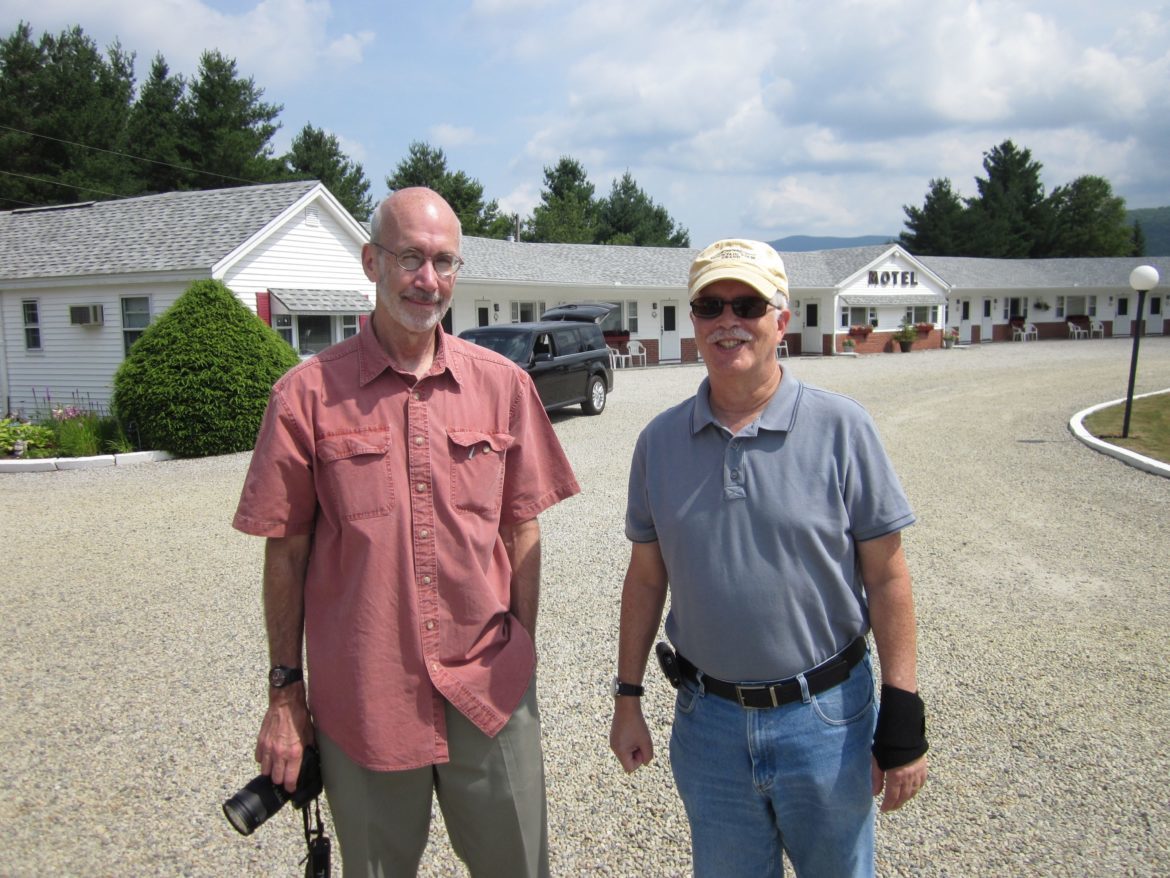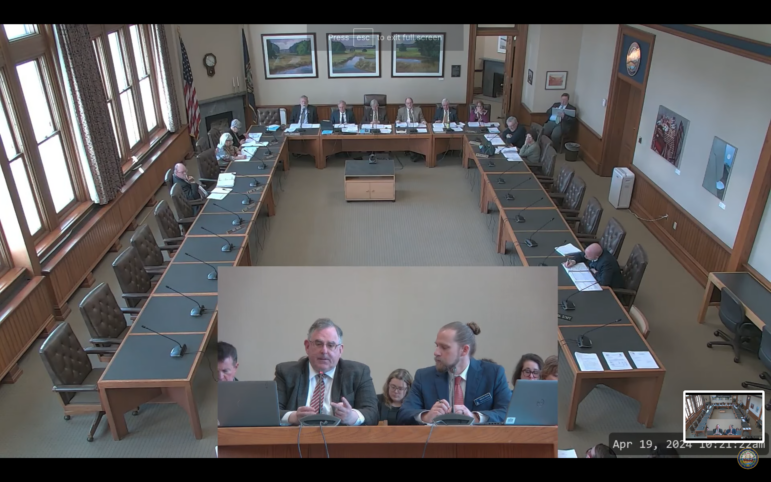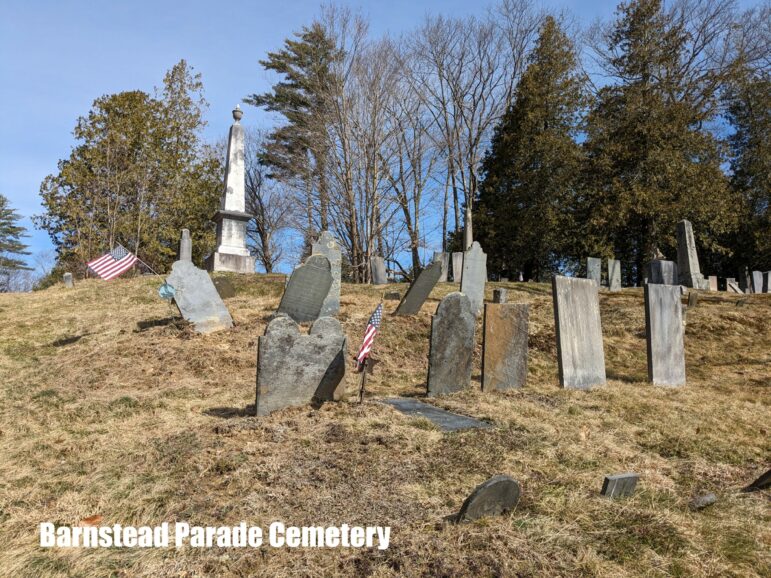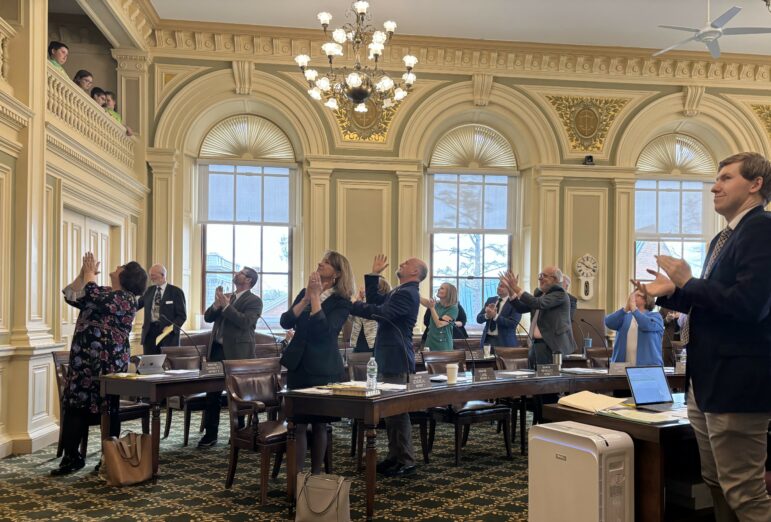By Mark Okrant, NH Travel Guru
In my last column, we talked about the relationship between development of the railroad system and evolution of larger and larger hotels in New Hampshire (1850-1917, est.). Following World War I, railroad travel by passengers in this country began to be usurped by the automobile phenomenon. Soon, roadways were built that connected the countryside and small villages to large towns and cities. This opened the way for middle income America to visit areas that, heretofore, were exclusive vacation enclaves of wealthiest Americans.
As roadways expanded, automobile-borne travelers made their way past farm and forest lands, engendering an entrepreneurial spirit along the new routes. Soon, roadside auto camps and cabins made their appearance, and a simple welcoming sign was all landowners needed to attract overnight guests . . . and their money.
With primary economic activities such as farming and forestry slowly declining, this new source of money appeared to be a panacea in the on-going battle against foreclosure.
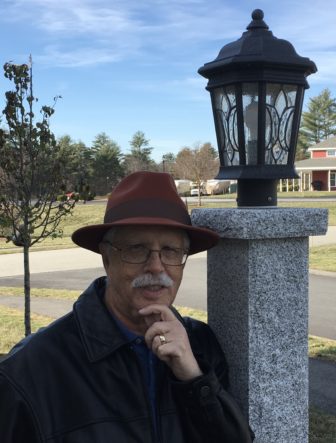
Mark Okrant, NH Travel Guru
Before many years passed, a growing number of landowners began to build motor courts—collections of small cabins surrounding a court yard, wherein travelers could park their cars right outside the doorways of the small structures (single night stays were typical). Few frills were provided in such settings: a room with two beds and chairs, and a makeshift wall with a door to a tiny bathroom proffering a sink and toilet. Later motor courts added showers and small outdoor porches to cabins.
For families traveling with young children, the most memorable thing about such overnight stays was the opportunity to make new, albeit temporary friends, in the persons of neighboring guests and their children, as well as the on-site owner/manager.
As touring travel grew in popularity, a new form of lodging appeared on the landscape. This was the “motel,” a portmanteau (def.: a word blending the sounds and meanings of two other words) combining the words “motor” and” hotel.” The earliest of these was the Milestone Motel built in San Luis Obispo, California, in 1925. This form of lodging became popular in the states west of the Mississippi River during the years leading up to World War II. However, east of the great river, the motel phenomenon didn’t take hold until the war had ended.
During the 1950s, ‘60s, and into the ‘70s, motels became the most popular form of lodging for vacationing families, couples, and businesspersons. Built right alongside byways, motels had a decided locational advantage. Because their customer base was traveling along roadways that passed within yards of their front doors, motel owners simply needed to hang a wooden or lighted (often neon) sign indicating whether or not there were room vacancies for the evening. Back then, no large outlay of marketing dollars was necessary.
Motels connect individual rooms under a single roof. These lodgings are generally one or two stories high (in rare cases, 3 or 4 stories). Guests pull their cars up to the building and have direct access from the parking lot to their room, either by walking into the guestroom through an outside door, or by climbing a flight of stairs to an outside terrace or walkway, and then directly into the guestroom. The common denominator for this genre of lodging is that all guest rooms are directly accessible from the exterior of the building.
Nearly three-quarters of motels operating during the 1960s are no longer in business today. In the next NH Travel Guru column, I will solve the mystery of the disappearance of motels from the tourism landscape, then discuss a few modern alternatives to this once popular form of commercial lodging.
After forty years as an educator, researcher, and consultant, Mark Okrant joined IndepthNH.org to offer concise, informative insight into New Hampshire’s travel and tourism industry as a business, while showcasing the people and places you want to know. This guy’s really been around. And, he’s funny, too.
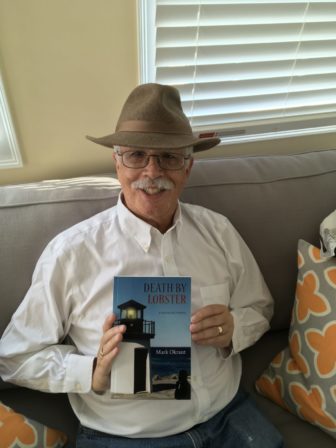
Mark Okrant is pictured with his latest book.
For more about Mark’s compelling tourism-based murder mystery series, visit www.markokrant.com.
For information on current things to do in New Hampshire, go to:
http://www.visitnh.gov/what-to-do/event-calendar.aspx
